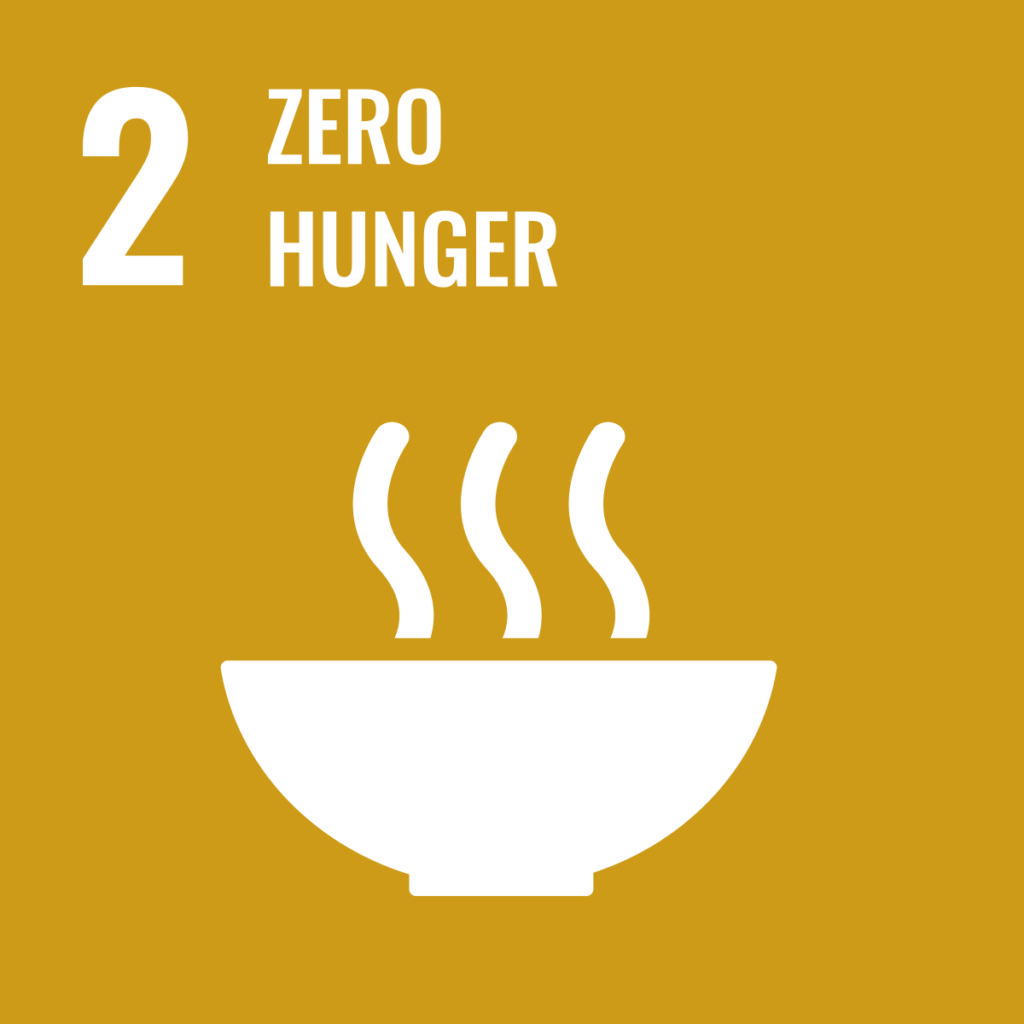
Blog
- View the official blog from The Gwenna Moss Centre for Teaching Effectiveness (GMCTL) at the University of Saskatchewan. This post helps instructors to identify ways in which they can infuse Goal 2 Partnerships for the Goals into their own courses. It provides learning outcomes, ways to reflect, share & act, as well as curricular connections and questions for students related to Goal 2.
Case Studies
- The Sustainable Agriculture and Food Systems is a thematic network that aims to turn knowledge into practice for SDG 2 with the help of creating connections between experts and practitioners. There are projects, reports, recent work and publications which can be found here.
- The Urban Sustainability Exchange (USE) website has case studies specific to each Sustainable Development Goal. These provide information on programs, projects and policies being implemented in cities around the globe to accomplish Sustainable Development Goals.
- Visit the Global Environmental Education Partnership (GEEP) for the case studies. The GEEP was launched by the United States Environmental Protection Agency, the Taiwan Environmental Protection Administration, and the North American Association for Environmental Education (NAAEE). The GEEP developed a list of topics in environmental education to achieve the environmental protection goals in each country and address issues such as climate change through environmental education and citizen engagement.
- Read Dr. Jason Watkins’ study Hungry and Hesitant: An Exploration of the Experience of Stigma Among On-Campus Food Pantry Users . This phenomenological research was grounded in reflective lifeworld research and focused on college food insecurity through shared, lived experiences and noted three emerging themes and the strategies participants used to navigate the stigma. His findings can contribute towards informing best practices and creating strategies for administrators that promote inclusion and service utilization.
Infographics
- View this infographic on SDG 2 by the UN’s Department of Economic and Social Affairs(UNDESA). This infographic illustrates an overview of food security worldwide, rising food prices, targets and indicators and progress reports. UNDESA acts as the Secretariat for the SDGs, providing substantive support and capacity-building for the goals and their related thematic issues, including water, energy, climate, oceans, urbanization, transport, science and technology, the Global Sustainable Development Report (GSDR), partnerships and Small Island Developing States.
- View this infographic and report on SDG 2 by the UN’s Department of Economic and Social Affairs(UNDESA). This document shares eye-opening statistics on the subjects related to ending hunger such as labour productivity of small-scale food producers and progress on food security.
Lesson Plans
- SDG 2: Zero Hunger – The Business Case for Sustainable Food Systems lesson is from the Gustavson School of Business at the University of Victoria in British Columbia. This lesson outlines the current food system and identifies key areas of change required to adapt to our growing population and changing climate
- The lesson plan ‘Hungry for Food Security – The East African Experience targets SDG 2. It introduces students to the issue of food insecurity (with an emphasis on East Africa) using statistics and examples/case studies. Students will also learn about the factors impacting food insecurity, with an emphasis on environmental factors and will be provided with an overview of some grassroots approaches to enhancing food security in rural African communities. Also, view the worksheet here.
- This PDF document will provide multimedia educational resources, pedagogical resources and ideas for classroom activities and lesson plans for infusing SDG 2.
- This lesson plan on SDG 2, Zero Hunger introduces various concepts to the students. Instructors can find learning approaches, skills development and activities.
Video Library
- SDG Academy Library is a video library featuring a series of lectures on different themes by Professors from around the world. Videos related to many different themes and issues under each sustainable development goal can be found here.
Websites
- The World’s Largest Lesson website has many creative tools and resources for educators to promote learning about SDGs. There are a variety of resources on the website that can be used to teach each SDG, including lesson plans, guides, videos, books, comics, games, quizzes, and many other resources, available in many different languages.
- View the website Springer Nature, it provides access to a collection of different resources related to SDG2. There are events, books, journals, chapters, articles, focuses, collections, infographics, and published posts from researchers working on SDG 2.
- Makematic is a website with animated and live-action videos that focus on global learning for teachers and students. The website has 68 animated and live-action films dedicated to Sustainable Development Goals. There are videos exploring each SDG.
- One World Centre– This website provides a list of different resources on Teaching and Learning for SDG 2- Zero Hunger. Learning objectives, teaching methods, topics, lesson plans, articles, mind maps and other resources are available here.
- View the SDG Tracker website to access data related to progress of
- Visit Iberdrola, a global energy leader and renewable energy company with a commitment to the SDGs. The company shares how it is contributing to reaching SDG #2 Zero Hunger. Iberdrola has committed to the energy transition with a sustainable business model based on renewable energy, smart grids, large-scale energy storage and digital transformation.
- View Canadian Indicators For Sustainable Development Goals for Canada-specific statistics and reports categorized by each SDG targets and indicators. The data is provided by Statistics Canada and presented in charts and tables.
